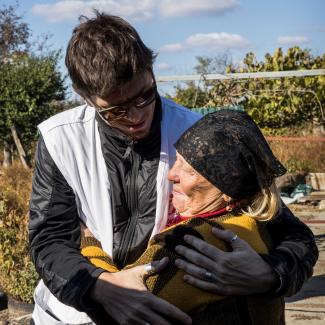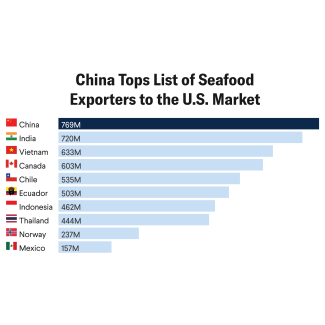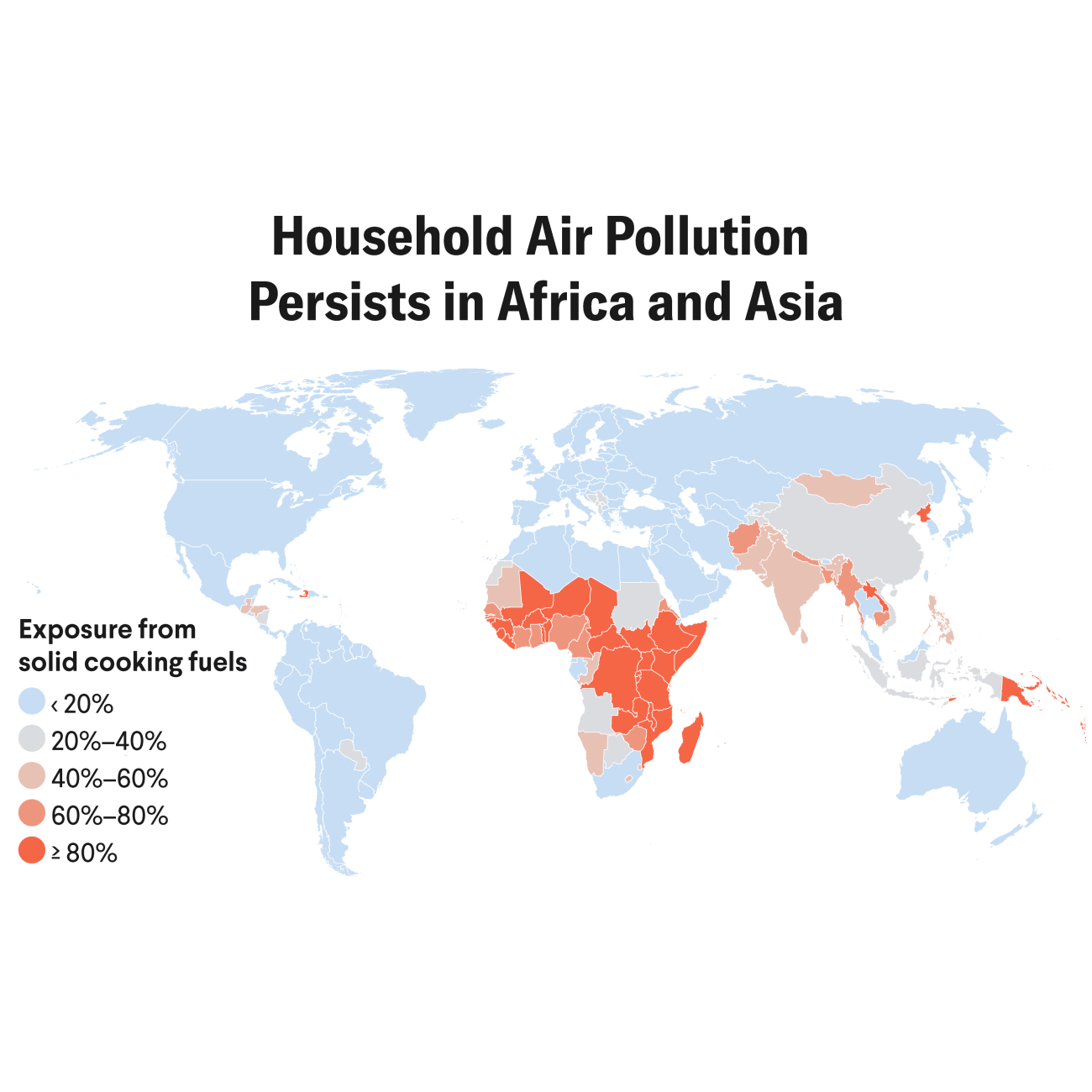The current global water crisis will worsen as human populations multiply, climate change deepens, and the drivers of human displacement become more complex, from conflict and persecution to the increasingly pertinent variables of heightened mobility.
A clear example of the deteriorating situation in many regions occurred in 2017 when severe drought displaced almost 20 million people across the Middle East and Africa, which I witnessed firsthand in Syria and Iraq and is one of the worst humanitarian crises in the past century.
As the world faces these increasing emergencies, the ability of artificial intelligence (AI) to draw from large data sets collected by humanitarian actors is seen as a crucial tool for predicting and mitigating disasters. AI can swiftly analyze diverse data to develop proactive strategies and provide early warnings for potential natural disasters, offering hope for permanent solutions. In agriculture, for example, AI can optimize crop production, ensuring food security amid changing climate conditions.
Providing decision-makers with real-time information, AI and big data support sustainable development and climate resilience in eastern Africa. Addressing climate change as a root cause of displacement is crucial for breaking the cycle and protecting at-risk communities from conflict and violence.
The State of Water and Conflict in East Africa
The World Health Organization predicts that by 2030 almost 700 million people will be at risk of displacement due to severe drought. Experts estimate that the number of armed conflicts related to water access have doubled in the past decade. Although access to water is rarely the primary cause, it can inflame existing tensions to the point that violence becomes more likely and can exacerbate poverty, displacement, and conflict.
Addressing climate change as a root cause of displacement is crucial for breaking the cycle
Matt Damon's Water.org and the World Economic Forum alike cite water scarcity as the fifth most acute global crisis, but for the 2 billion people lacking access to safe water, the issue is a much higher priority. Millions of households, particularly women and children, spend enormous time and effort transporting water—if any is available—to their homes. In the twentieth century, global water use rose at twice the rate of population growth, fueled primarily by food production and industrial development.
More recently, flooding and drought in Ethiopia, influenced by the El Niño Southern Oscillation (ENSO), have led to significant displacement and heightened resource conflicts. ENSO events have historically contributed to food crises in the Horn of Africa, from the famines of the 1980s to the current drought affecting the Greater Horn of Africa region.
Water scarcity and instability have exacerbated ongoing conflicts, particularly in Ethiopia. The prolonged crisis in Somalia has displaced millions and restricted humanitarian access to cross border operations with limited funding and supplies.
These challenges highlight the critical links between climate change, conflict, and displacement, underscoring the urgent need for comprehensive interventions. In Kenya and Ethiopia, heavy rains and flash floods have displaced more than 200,000 people in recent weeks alone. The climate impacts also escalate tensions over vital resources like water and arable land, threatening the peaceful coexistence between displaced populations and host communities. These trends also increase the chances of gender violence.
Drought Prediction to Stem Violence
Unlike humans, who are capable of brilliant and novel solutions but almost never on demand, AI can collect mountains of seemingly unrelated data and formulate effective strategies de novo. It also has the transformative potential to anticipate and mitigate crises in Africa, particularly using machine learning and predictive analytics.
For example, large data sets fed into AI systems and machine learning can assess water-poor regions prone to humanitarian crises or military conflicts and generate enduring resolutions. In the East and Horn of Africa, where agriculture and pastoralism depend on rainfall, sudden environmental changes and natural hazards have a severe impact on livelihoods and food security.
Organizations can improve emergency preparedness, strengthen stockpiles, and enhance access to critical resources across Africa as well. The International Organization for Migration's Displacement Tracking Matrix and Flow Monitoring Registry provide extensive migration data, yet AI promises to analyze more complex interactions involving migration, health, conflict, and climate-related events.
Currently available technology is far from sophisticated enough to accomplish these tasks, but early prototypes have inspired hope. A group of international nongovernmental organizations with the backing of the Dutch government have already developed the Global Early Warning Tool, which can predict upcoming conflicts based on rainfall, population density, crop failures, droughts, flooding, societal wealth, and agricultural production. This tool has pinpointed conflict in India, Iran, Iraq, Mali, Nigeria, and Pakistan in 2020 with a claimed confidence of about 86%.
Most important, big data and AI can play a unique role in limiting water consumption by analyzing usage patterns and modifying prices in various markets to precisely attune consumer behavior for minimal wastage for communities experiencing shortages and lacking modern infrastructure. This may also involve the rollout of Internet of Things (IoT) products that automatically adjust water usage as circumstances like weather patterns and soil conditions change. Additionally, in urban settings, city planners can use AI monitoring systems to provide a 360-degree perspective that can identify inefficiencies and generate optimization strategies.
Access to potable water is one of the most pressing issues of our time
However, despite the clear benefits of integrating artificial intelligence into predictive analytics and water and sanitation efficiency, several challenges persist. For example, Fluid Analytics’s use of AI is crucial in addressing wastewater pipeline failures, making urban areas more water resilient. Despite this innovation, challenges remain, such as outdated infrastructure maps and hazardous conditions for workers, leading to significant water loss and untreated wastewater in cities like Mumbai, India. Similarly, across Africa, inadequate infrastructure maps and hazard conditions for workers hinder advancement, emphasizing the importance of policy reforms and funding for effective water management. Any innovation will be limited in effectiveness without a foundational framework.
Additionally, training an already overburdened workforce to develop proficiency in digital and AI platforms is a significant obstacle. Governance to prevent harmful use by bad actors is needed. Time constraints, behavioral change, use of such technologies, lessons learned from previous adaptations, and acceptance of advancements can be difficult.
Through advocacy, and by building partnerships and cross-sectoral efforts—such as the Microsoft-supported Zipline pioneering model expanding AI-enabled drone services to Côte d'Ivoire, Ghana, and Kenya (after success in Rwanda)—private-public partnerships can help tackle geographical barriers to health care, showcasing how AI, alongside innovations in water and sanitation interventions, can enhance accessibility even in difficult terrains. Hence hope persists as long as continued recommitment and forward thinking are behind it.
Access to potable water is one of the most pressing issues of our time, and this irreplaceable natural resource is set to become only scarcer in the future. With the advent of early-stage artificial intelligence, we now have a unique opportunity to predict climate crises as well as implement effective water conservation strategies. To avoid a future in which water is unavailable, we need to establish robust conservation efforts, leverage predictive modeling, intertwine the role of social determinants of health, and implement preparedness plans.
Without these measures in place, East Africa could soon be in the painful position of trying to secure water for its people that simply isn't available.





